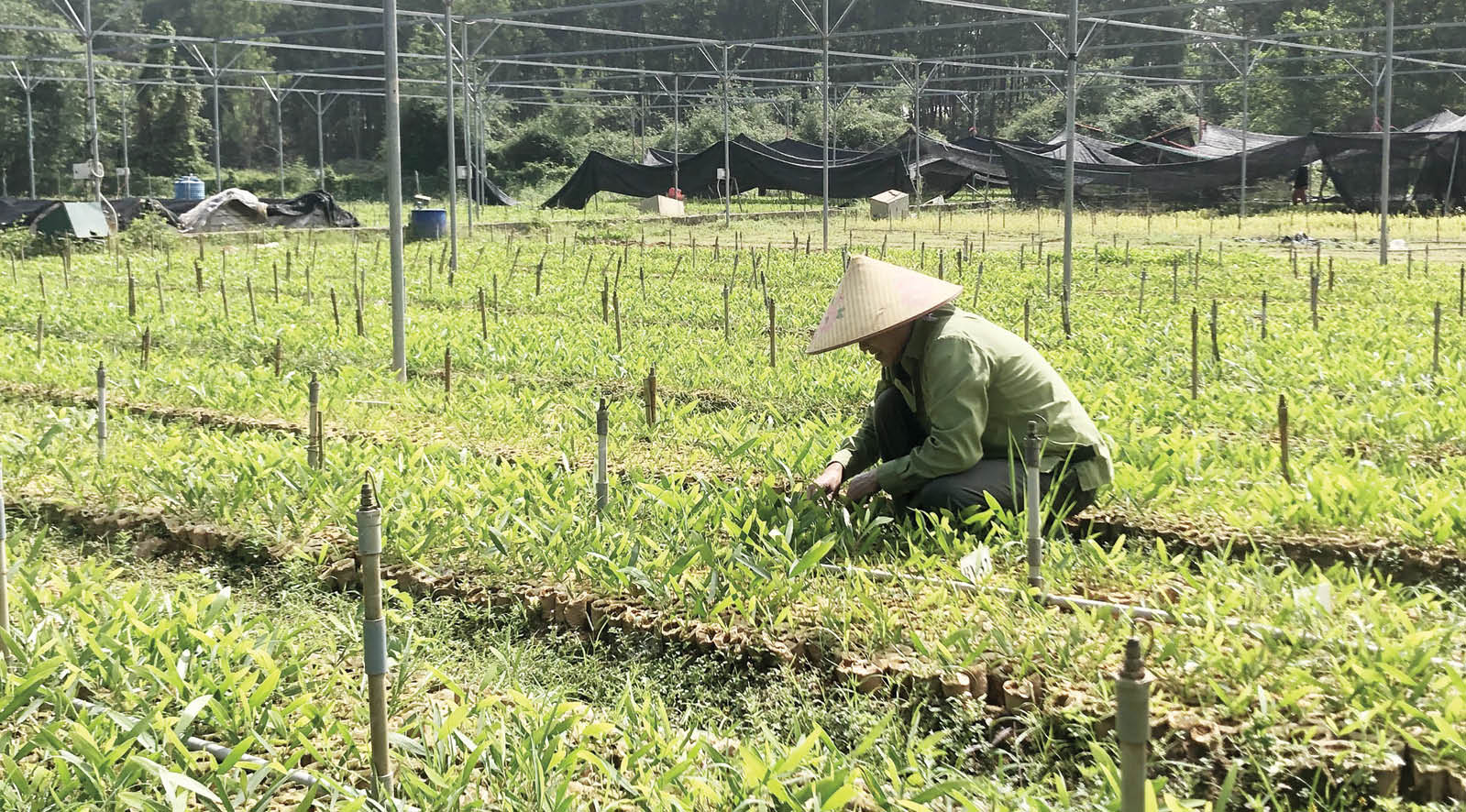 |
| Hue City has room to develop raw material areas for the wood export industry. |
Lots of room for growth
Hue is a city of heritage, culture, tourism, but also has many potentials and advantages in terms of land, mountains, hills, rivers and lakes. Recent statistics show that Hue City has nearly 70,000 hectares of agricultural land, 335,000 hectares of forest, nearly 120km of coastline and the Tam Giang - Cau Hai lagoon ecosystem of more than 22,000 hectares... This is a great advantage for Hue City to attract investment in building large-scale, stable raw material areas, meeting the requirements of developing modern agricultural and forestry processing industries.
In recent times, Hue City has issued many policy mechanisms to promote sustainable agricultural development, emphasizing the application of advanced science and technology in clean, safe, high-tech agricultural production, such as Program No. 165/CTr-UBND, dated April 28, 2023 of the People's Committee of Thua Thien Hue province (now Hue City) on the application of science and technology (S&T) in high-tech agricultural production in the period 2023 - 2030.
Up to this point, Hue City is one of the localities developing many typical agricultural products, such as Hue pomelo; Quang Tho pennywort, pig and chicken farming and aquaculture in the sandy area along Tam Giang - Cau Hai lagoon...
For example, Que Lam Group is currently leading in the field of organic fertilizer production and organic agricultural products in Hue City. Que Lam Group has invested in an organic fertilizer factory (Tu Ha ward), a 4F biosafety livestock complex (Phong Dien ward); and 3 companies under the Group coordinate with local agricultural cooperatives to produce and consume organic and biosafety products. These models are being replicated in wards and communes, attracting hundreds of farmer households to participate.
Or the high-tech shrimp farming model of Vietnam Joint Stock Company, Hue branch, has expanded its area to more than 110 hectares in the northern gateway area of the city; along with a shrimp processing factory with a capacity of more than 9,000 tons of products/year, creating stable jobs for about 1,200 workers.
Along with large corporations and companies, agricultural and forestry cooperatives have actively participated in effective production models, such as Hoa Loc Forestry Cooperative (Hung Loc commune) specializing in planting large timber forests with an area of over 800 hectares, of which 500 hectares are granted international FSC certification. Quang Tho Agricultural Cooperative (Dan Dien commune) has now developed many economic models applying high technology, linking along the value chain from building raw material areas associated with ensuring food safety from pennywort tea, "matcha pennywort" powder... After accounting, the income from these production models reaches 250 - 350 million VND/ha/year, much higher than growing rice and some other crops.
Open up a worthy development direction
Despite the great advantage of resources and typical agricultural and forestry products, the agricultural and forestry processing industry in Hue City has not yet developed commensurately. According to experts, most products are still consumed in raw or semi-processed form, with low added value, small-scale processing, and a lack of connection between raw material areas and processing plants.
In fact, many production models in Hue have demonstrated clear economic efficiency, such as high-tech shrimp farming in Phong Dien; building an organic agricultural production chain of Que Lam Group; or developing large timber forests at Hoa Loc Forestry Cooperative with international FSC certification... These models, if linked with large-scale processing industries, will create a sustainable value chain and increase economic resilience for the locality.
The One Commune One Product (OCOP) program has also created an important foundation for processing development. Up to now, Hue City has 107 products in the One Commune One Product (OCOP) program recognized, including 1 product achieving 5 national stars, Bun Bo Hue with complete spices, 3 potential 5-star products and nearly 20 4-star products. These products not only affirm the local brand but are also important inputs for the deep processing industry towards export.
To fully exploit the potential, Hue City needs to continue planning and developing concentrated raw material areas, closely linked to processing needs and output markets. The "4-house" linkage model: State - Enterprises - Scientists - Farmers needs to be applied in a practical way to ensure stable quality of raw materials, traceability of origin, and compliance with domestic and foreign standards. At the same time, it is necessary to pay attention to developing processing infrastructure in existing industrial parks to attract investors to build production chains, creating a premise to promote the development of deep processing, refined processing...
Recently, through an exchange with Ms. Pham Thi Huong, representative of Hong Ha Nutrition Joint Stock Company (formerly Ha Nam province) specializing in processing animal feed and developing farms in the northern region, it was learned that this enterprise is willing to invest in a deep processing line for animal feed and develop farms in the direction of circular economy in Hue, but on the condition that there is a large-scale raw material area, standards, and favorable investment procedures... |
Source: https://huengaynay.vn/kinh-te/nong-nghiep-nong-thon/che-bien-nong-lam-san-du-dia-can-khai-thac-hieu-qua-157785.html




![[Photo] Prime Minister Pham Minh Chinh inspects and directs the work of overcoming the consequences of floods after the storm in Thai Nguyen](https://vphoto.vietnam.vn/thumb/1200x675/vietnam/resource/IMAGE/2025/10/08/1759930075451_dsc-9441-jpg.webp)
![[Photo] Prime Minister Pham Minh Chinh attends the World Congress of the International Federation of Freight Forwarders and Transport Associations - FIATA](https://vphoto.vietnam.vn/thumb/1200x675/vietnam/resource/IMAGE/2025/10/08/1759936077106_dsc-0434-jpg.webp)


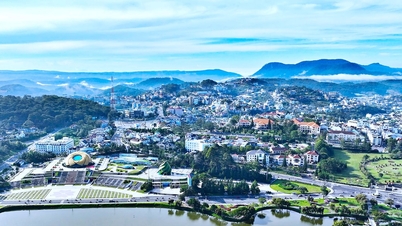

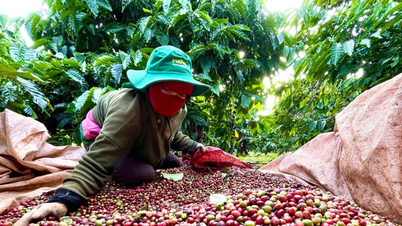

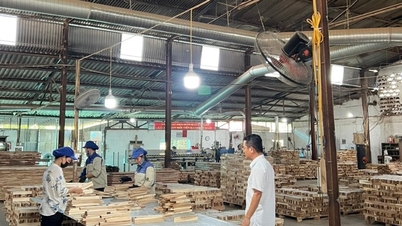


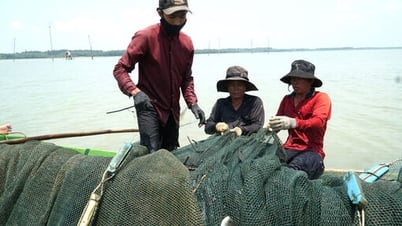

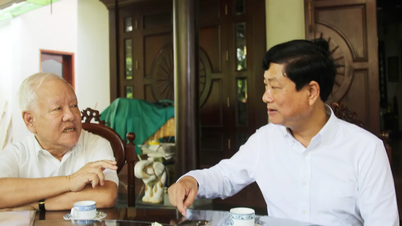



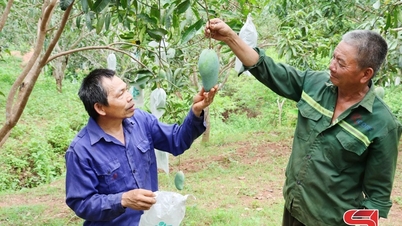

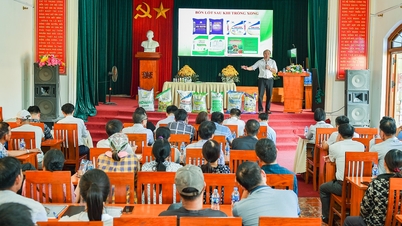

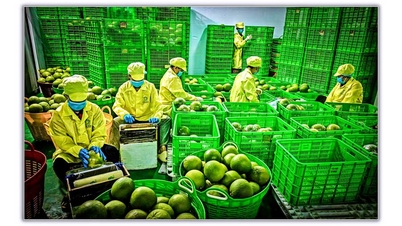



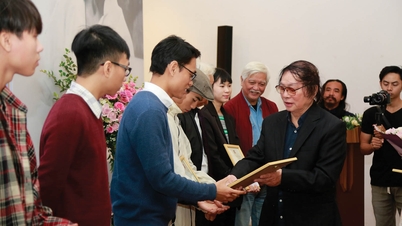





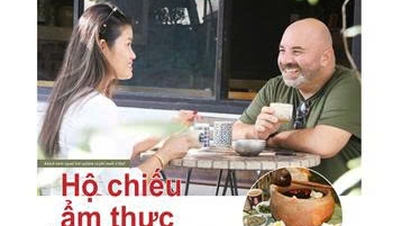
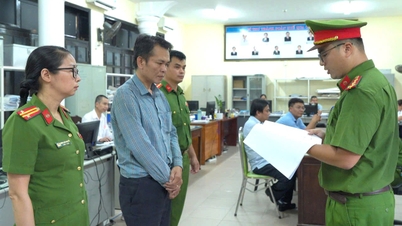

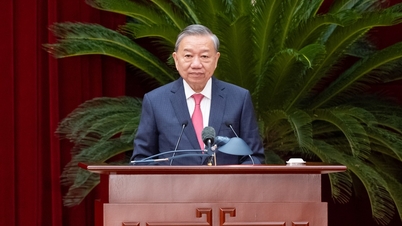
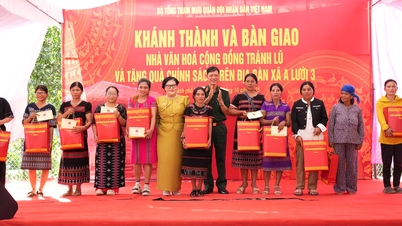





















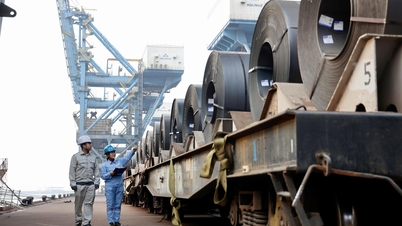














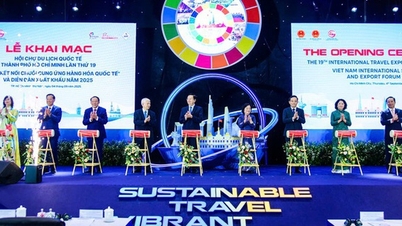









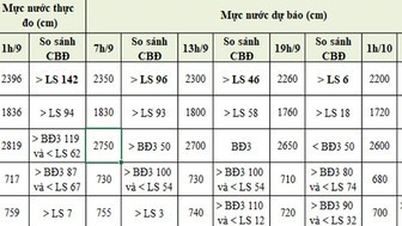

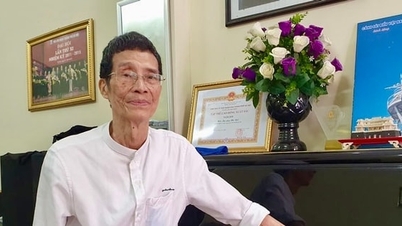














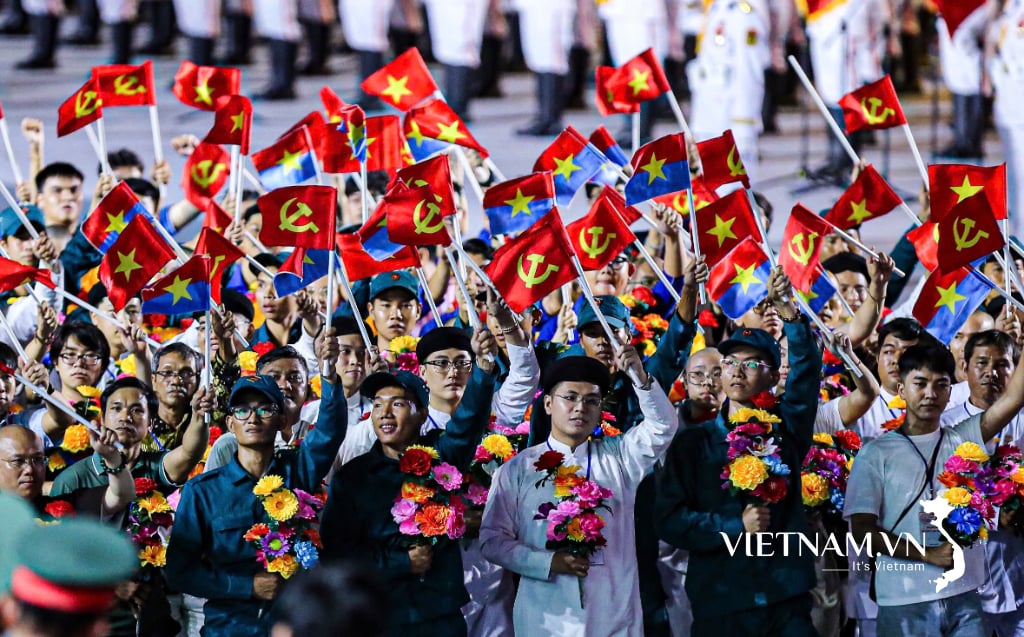

Comment (0)